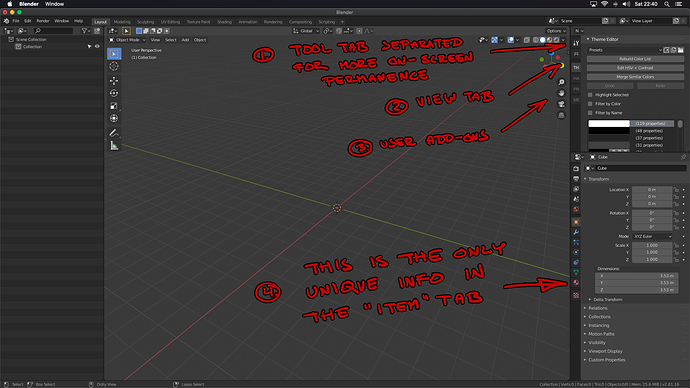


Any change at all highlights the fact that Blender’s developers are continually eking as much out of their respective features, like Cycles, as possible. What could be lost in performance could be made up in quality. We have noticed, though, that in most cases, performance has become a bit worse, but nothing to a worrying degree. To be informed about new articles on I Programmer, sign up for our weekly newsletter, subscribe to the RSS feed and follow us on Twitter, Facebook or Linkedin.AMD & NVIDIA GPU Lineups, Our Test MethodologiesĪs mentioned above, the performance angles we regularly test in Blender haven’t seen notable changes in 3.1. You can now visualize controllers and navigate through a scene in VR, and there’s a new “Absolute Tracking” session option to skip eye offsets.Ī new Asset Browser editor has been added with the aim of making it easier to work with reusable assets, including Objects, Materials, Poses, and Worlds.īlender 3.0 New Features Related Articlesīlender 2.78 Adds Spherical Stereo Virtual Realityīook Watch - Beginner’s Guide to Creating Characters in Blender (3DTotal Publishing)īook Review - Classic Game Design, 2nd Ed

Virtual Reality tools have also been improved, with better options for using a controller from the VR Scene Inspection add-on. There's new support to make it possible to flip sides in mesh bisects, and the Knife tool has been updated. Other performance improvements make it faster to edit very large meshes, and to open blend files made up of multiple data blocks.Īway from the performance related improvements, the UI has some changes starting with a new look to the panels, and the moving around of some panels such as the Annotation Panel moving to a new View tab in the Clip Editor. The BGL module has also been replaced by the GPU module, and GPU rendering performance has also been improved through reworked Cycles. Vulkan provides better graphics performance with lower power consumption. Perhaps the most notable improvement is the use of the Vulkan graphics and compute API by default. Twenty-one years after Blender 2.0, Blender 3.0 has been released in what the Blender Foundation claims is a "new era of content creation" using the free, open-source and cross-platform 3D computer graphics software for Windows, macOS and GNU/Linux platforms.Īs befits a major new version Blender 3.0 comes with numerous new features and dozens of enhacements to the 3D modeling software, many of which are showcased in this video:


 0 kommentar(er)
0 kommentar(er)
